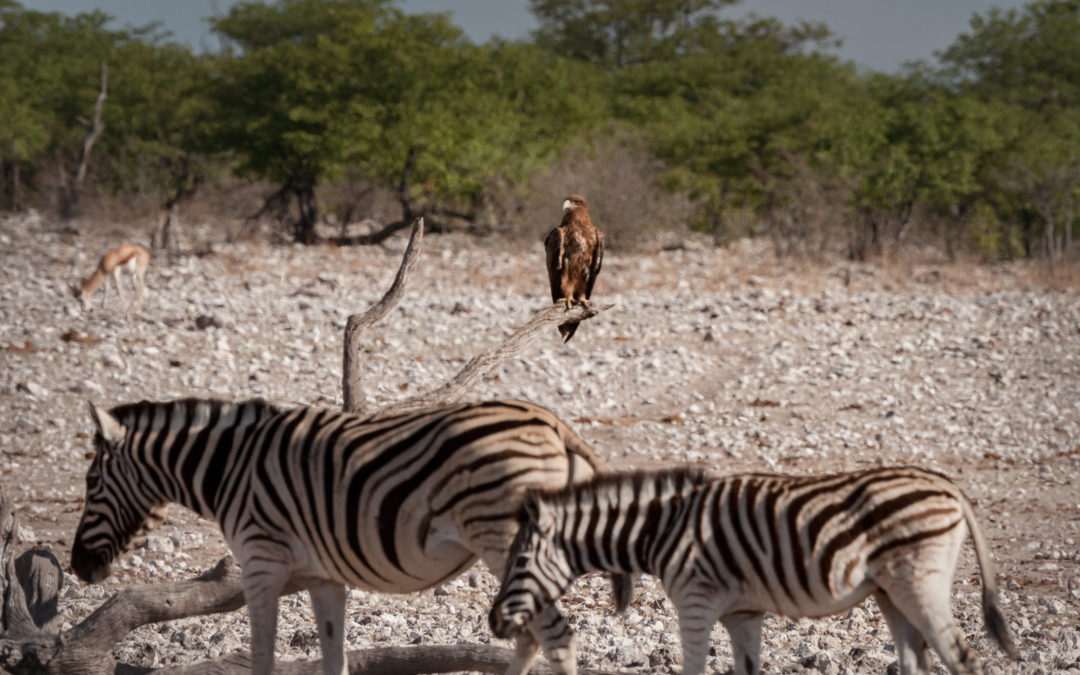Last week, the Intergovernmental Panel on Climate Change (IPCC) and the Intergovernmental Platform on Biodiversity and Ecosystem Services (IPBES) released a joint workshop report about the many connections between biodiversity and climate change. This report is the result of the first ever joint collaboration between these two intergovernmental agencies, and it produces several monumental findings about the complex relationship between the biodiversity and climate spheres. From a policy standpoint, biodiversity loss and climate change are typically treated as two separate problems, even though it is well-known among the scientific community that they are deeply intertwined. The IPCC and the IPBES make specific observations and recommendations to correct this counterproductive policy framework.
There is a feedback loop between climate, biodiversity, and human society, which generates increasingly complex and unpredictable outcomes in the environment. For governments to continue forming policy in a way that does not account for climate and biodiversity simultaneously is not only inefficient but can actually cause further damage to nature and ultimately to humans. On the flip side, by establishing a policy framework that does consider climate change with biodiversity (and vice versa), it becomes possible to create symbiotic solutions with positive outcomes that compound exponentially over time.
The two main categories of solutions in the fight against biodiversity loss and climate change are nature-based and technology-based. Nature-based solutions utilize the inherent ability of sustainably protected and restored ecosystems to assist in climate change mitigation and adaptation over time. Some examples of this in practice include agroforestry and agroecology, whereby sustainable agriculture is integrated with the conservation of forests and other ecosystems. Reducing disruption to targeted ecosystems such as forests, wetlands, and coral reefs will allow for the preservation of carbon sinks that absorb carbon dioxide from the atmosphere. Furthermore, ecosystem restoration has adaptive benefits to people such as protection from rising sea levels and reductions in flooding.
The key here is that the most effective nature-based solutions are not designed or expected to produce results quickly, and they must work in conjunction with significant reductions in greenhouse gas emissions. Additionally, nature-based solutions to climate change must be implemented with specific considerations for biodiversity in the affected areas. For example, large scale planting of bioenergy crops in monocultures can have short-term benefits for the climate but far-reaching negative effects on biodiversity. The same is true for afforestation (planting a forest where was none present historically) or reforestation in monocultures (especially with exotic species). The resulting loss of biodiversity, in turn, often causes local warming which offsets any climate change mitigation that might have been achieved, and simultaneously impedes the capacity of human societies to adapt to climate change.
Technology-based solutions to climate change have the potential to be beneficial for biodiversity at the same time, with more rapid and measurable results than nature-based solutions. For example, advancements in irrigation and water management technology can reduce the need for agricultural systems to extract water from rivers and streams, thus reducing instances of human-wildlife conflict during times of water scarcity. When implemented without special consideration, however, technology-based solutions intended to help the environment can have devastating effects on biodiversity. This is especially true for the energy and transportation sectors. Wind turbines and electric car motors and batteries currently depend on the mining of rare-earth metals for their production, and potentially lack any sustainable methods of disposal or reuse. In order to deliver on their intended benefits, technology-based solutions to climate change must be designed upon a foundation of synergy with biodiversity and within the framework of a circular economy.
The issues outlined in this report illustrate the pervasiveness of the problematic narrative that OneNature seeks to dismantle – that nature (and animal welfare in particular) is not worthy of being prioritized in human society. Public policy is a representation of what we value. In recent years, governments have begun to shift policies in favor of protecting the earth against climate change, and that represents valuable progress. It is taking a lot longer, however, for governments to recognize the importance of nature and its relationship to climate as well as its impact on human well-being. In short, humans need to stop taking nature for granted. We cannot engineer our way out of this crisis and continue the status quo. We must prioritize well-being for people, animals, and nature over the current emphasis on unrestrained economic growth that destroys the climate, biodiversity, and human happiness. Otherwise, we will end up destroying nature in our attempt to save the planet, and we will be left with a planet not worth living on.
